パイロフィライトレンガは、主にパイロフィライトを主原料として作られています。, 少量の焼結助剤を添加し、粘土と混合したもの.
パイロフィライトレンガの外観
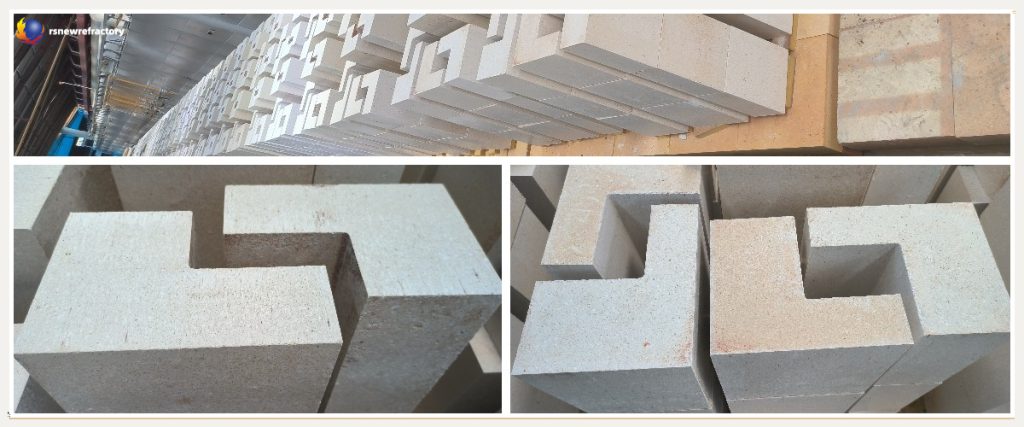
外観は千枚レンガとあまり変わりません。 耐火粘土レンガ, 白または灰白色のもの. 添加剤を使用した耐火レンガは添加剤によって色が異なります. 例えば, アルミナ入り耐火レンガは薄茶色です; ジルコンが入っているものは赤茶色です; グラファイトを使用したものは黒色です. パイロフィライトレンガがわずかに膨張, 膨張率は約0.7~0.9%.
パイロフィライトレンガの特徴
- 高耐火性; 優れた熱安定性
- 低熱膨張
- 20N/cm2荷重時の軟化温度は1320℃;
- 見かけの気孔率は、 <18%;
- 室温での圧縮強度は30~40MPa.
- パイロフィライトレンガは化学物質による腐食や劣化に耐えることができます
- 強力な機械的強度を備えており、過酷な産業条件下でも磨耗に耐えることができます。.
パイロフィライトレンガの物理的および化学的指標
| 財産 | ユニット | 価値 | |
| 密度 | g/cc | ≧2.0 | |
| 見かけの気孔率 | % | ≤20.0 | |
| 冷間圧砕強度 | MPa | 40.0以上 | |
| 曲げ強度 | MPa | 7 | |
| 負荷時の耐火性 | その0.2MPa (t0.5) | ℃ | ≥1330 |
| 熱膨張 | 1000℃で | % | ≤0.55 |
| 1400℃で | ≤0.57 | ||
| 熱伝導率 | 400℃で | MK付き | ≤1.2 |
| 1000℃ | ≤1.4 | ||
| 永続的な線形変化 | 1300℃/2h | % | ±0.2 |
| SiO2 | 重量 % | 70以上 | |
| Al2O3 | 重量 % | ≤23 | |
| Fe2O3 | 重量 % | ≤2.0 | |
| TiO2 | 重量 % | ≤1.5 | |
| アルカリ (Na2O+K2O) | 重量 % | ≤3.0 | |
耐火物産業におけるパイロフィライト原料の応用
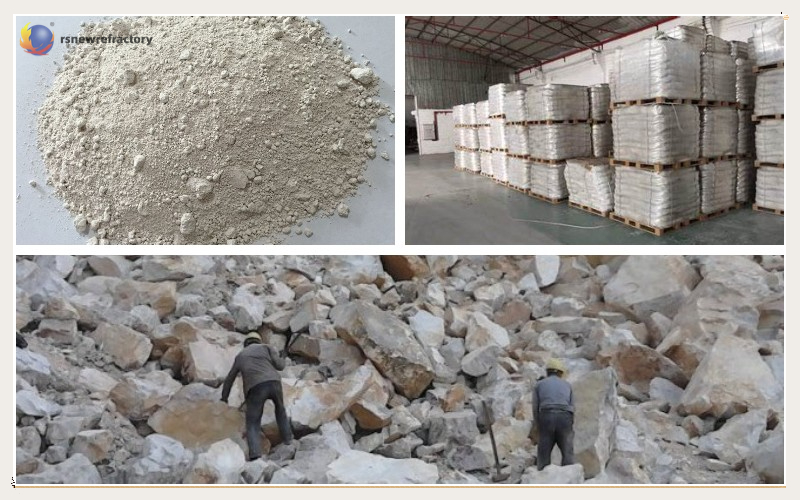
パイロフィライトは一定温度になると体積が膨張しますので、, 不定形耐火物に添加して亀裂や剥離を防止できます。, それにより耐火物の耐用年数が延びます。; 使用中の体積安定性を確保するために、成形耐火レンガに添加することもできます。.
加えて, パイロフィライトスプレー耐火物. パイロフィライトを原料として耐火物やその他の製品を製造することは、製品の性能を向上させ、耐用年数を延ばすことができるだけでなく、; 一部の高価な原材料を置き換えてコストを削減することもできます.
パイロフィライトレンガの応用
耐スラグ性に優れているため、, 蝋石レンガは高温膨張によるひび割れを防ぐことができます, 使用中に全体を形成することができます, レンガの継ぎ目は非常に小さいです, なので用途が広いです. 常に耐火物を製造するための主原料です。, およびその製品は鋼製取鍋のライニングレンガに広く使用されています, 製鉄炉のライニング, 鋼鉄レンガを注ぐ, 各種窯底・煙道, 錫精錬反射炉炉床, 鉄混合タンクレベル.
パイロフィライトレンガの品質を向上するにはどうすればよいですか?
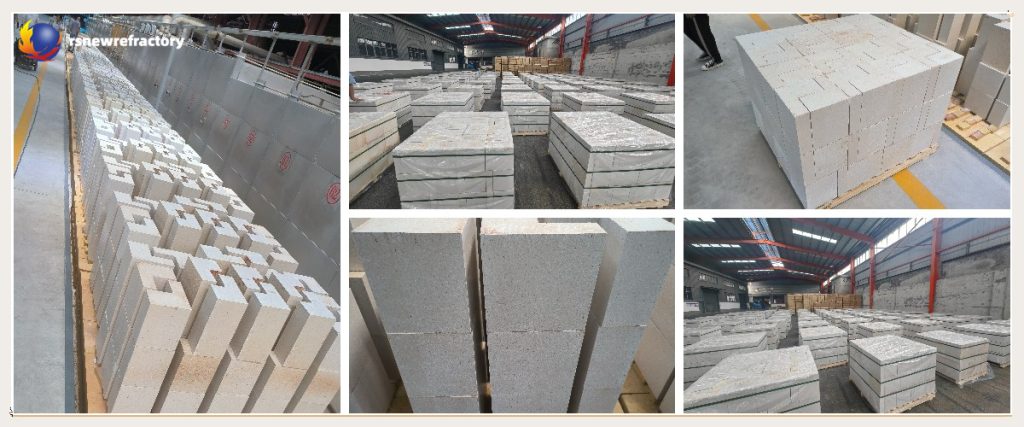
- Al2O3含有量の高い原材料を選択する. 鉱物学的観点から, Al2O3 含有量が最も高い千枚石を選択することは、千枚れんがの品質を向上させる方法の 1 つです。. Al2O3含有量が多いほど, 熱安定性が高く、使用効果も優れています。.
- アルカリ含有量を厳密に管理. 特定のアルカリ含有量は耐火レンガの焼結を促進する可能性があります, 気孔率を減らす, 集合体と行列を一つにします. しかし, アルカリ分が高すぎるのもよくありません, 耐火性が劣化するので, 荷重軟化点, 耐火レンガの熱安定性と, 使用効果に直接影響する.
- プロセスを改善し、微細構造を変更する. 均一に混合し、成形圧力を高めます; 適切な焼成温度を使用する (1320~1350℃の間で制御).
- 耐火レンガの耐食性を向上させるには, レンガの気孔率を減らし、密度を高めることに加えて、, マトリックスを強化する必要がある, アルミナ添加など, ジルコニウム共石, そしてグラファイト.
 栄勝耐火物工場
栄勝耐火物工場
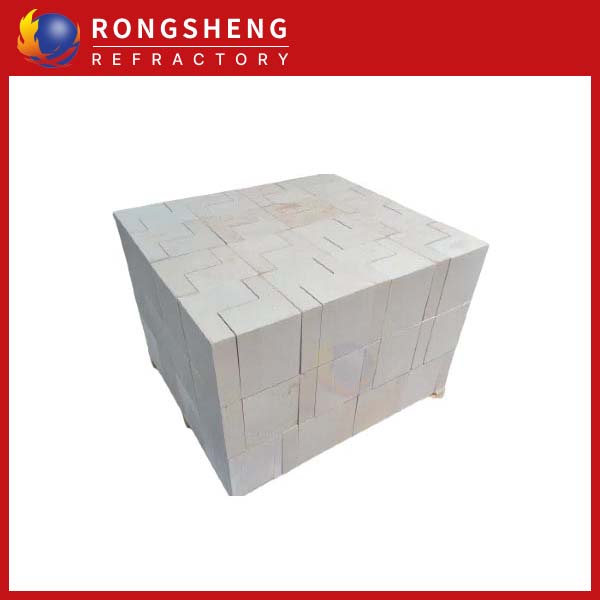
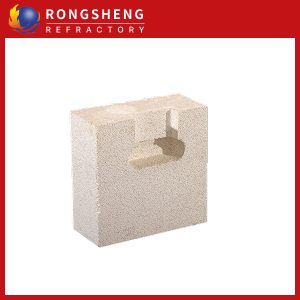
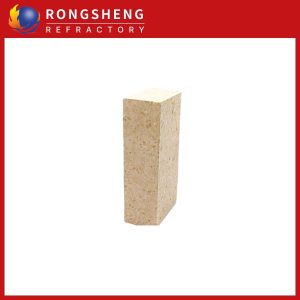
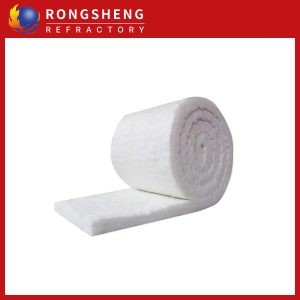
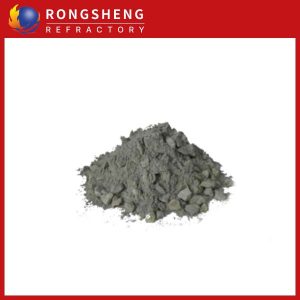
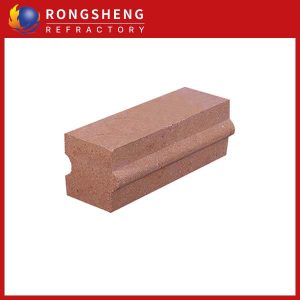
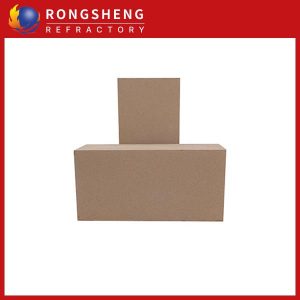
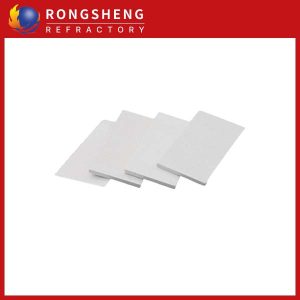
微信
wechatでQRコードをスキャンしてください